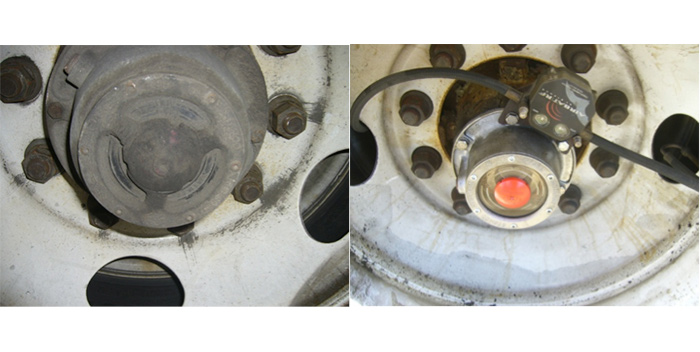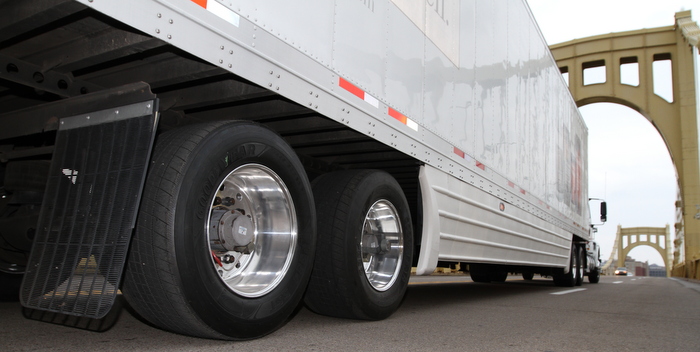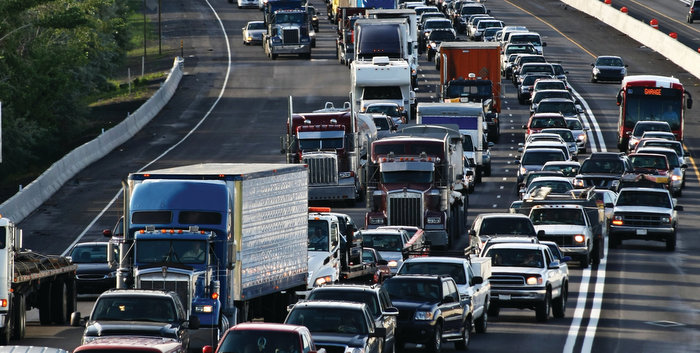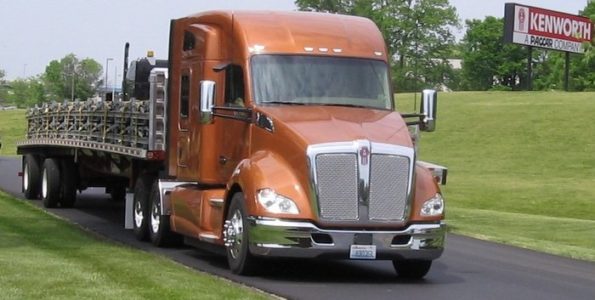Some carriers have noticed an up-tick in freight recently and are adding equipment and technology to handle it. A case in point is Garner Transportation Group’s Findlay, Ohio, site. According to James Husted, director of maintenance for the fleet, he has added 40 new trucks in the last three months—a combination of new (leased) and used vehicles—2007 Freightliners with Series 60 engines, 10-speed manual transmissions and about 450,000 miles on them; and new leased Mack daycabs for a new dedicated customer.
At the end of last year, Garner planned to purchase 20+ new Freightliner units during 2011; however because of the necessity of quickly adding equipment (the used power units) to meet demand, new purchases are now pushed back until later in the year. In addition to growing the number of vehicles in the fleet, Garner’s trailer fleet now includes 396 dry vans, which includes 70 leased units that were added to meet the increasing freight demand.
The new leased Macks have SCR engine technology. When this technology was introduced, Husted was pretty skeptical, especially about the availability of DEF; but he is now convinced it is the best engine technology going forward. He doesn’t have a lot of experience with SCR engines other than one Mack demo unit that he operated for a short time only. However, he has discovered that there are no problems other than some availability issues with bulk DEF. He noted that it’s easy to find the 2.5-gal. jugs, but the cost is double the bulk price. As Garner increases SCR equipment, it likely will put DEF tanks on the premises to keep costs in line.
To keep up with new freight demand, Garner has doubled its operations department and is expanding its use of electronic on-board recorders (EOBR) and trailer tracking devices. Eventually, all vehicles operated by Garner will have EOBRs—some are already equipped. Garner said that it was early to adopt this controversial technology, noting the technology represents more than an efficient way to run the operation, it is an education tool for drivers.
Garner is embracing EOBR technology as a regulation for all carriers because the fleet believes it provides a level playing field, citing that it eliminates the possibility of the competition “running illegal” to gain a competitive edge. In addition, the fleet will be pushing more drop-and-hook operations to avoid detention time waiting for trailers to be loaded or unloaded.
As for CSA, Husted reported the fleet does not anticipate a major change in maintenance practices because its safety director has always pushed for CSA-type service on units. It does, however, make the drivers more aware —now drivers may often express their unwillingness to pull a trailer with a minor issue (like a reflector light out). Drivers will generally schedule the truck for repair once the load is delivered as promised. However, how the fleet handles the problem depends on its severity.
Garner is an example of one of many fleets that is adapting to change by adopting new technology. A proactive rather than reactive approach is working for the fleet.









